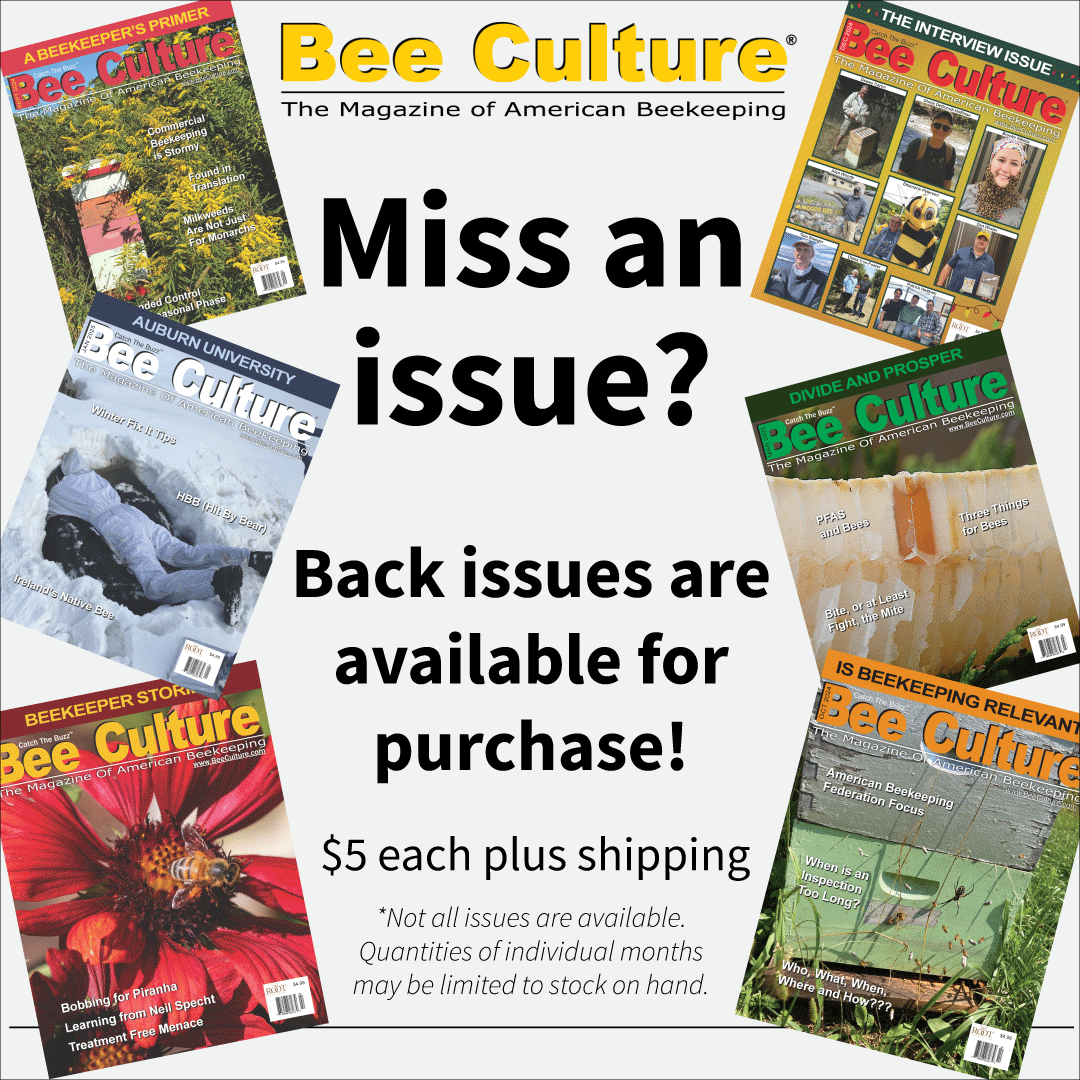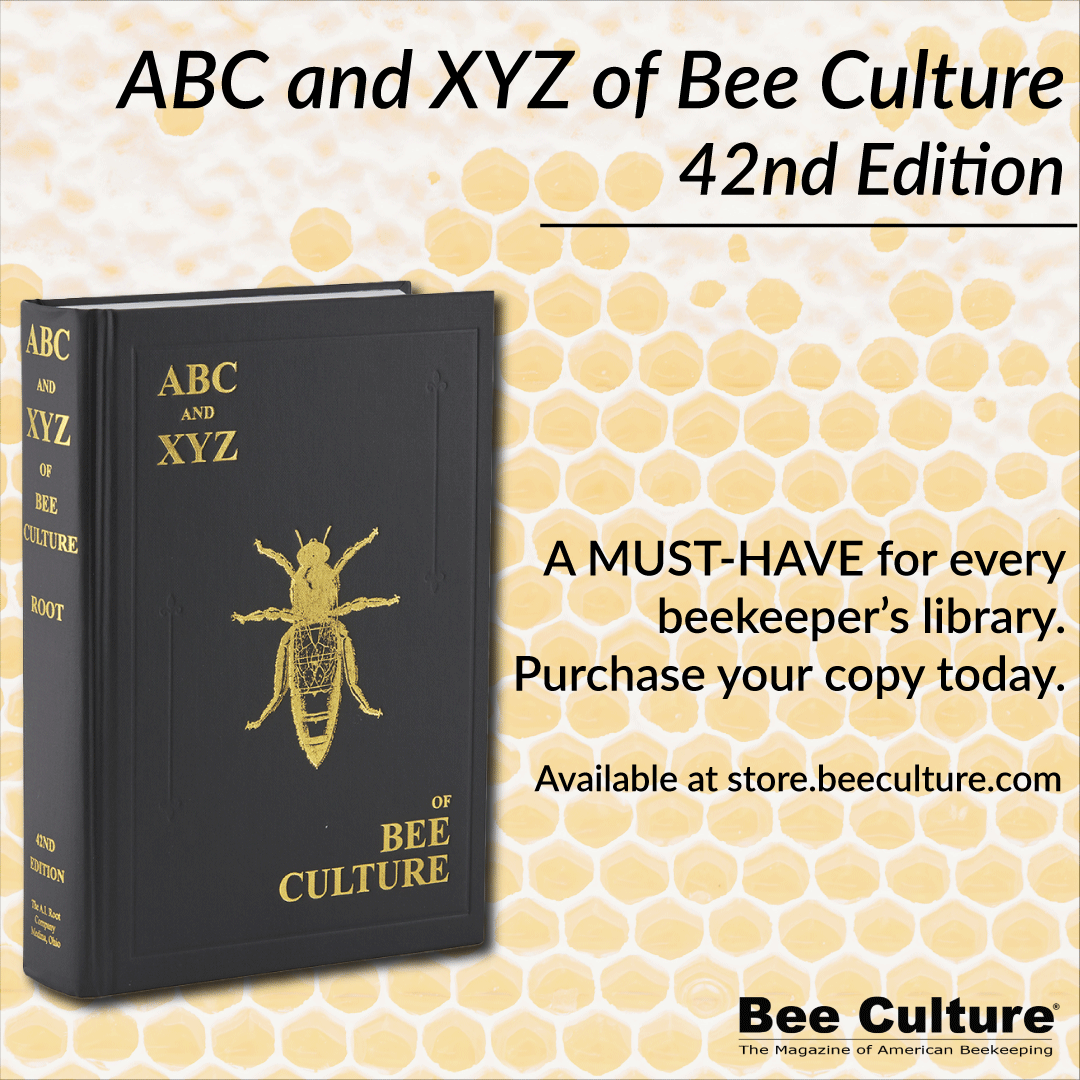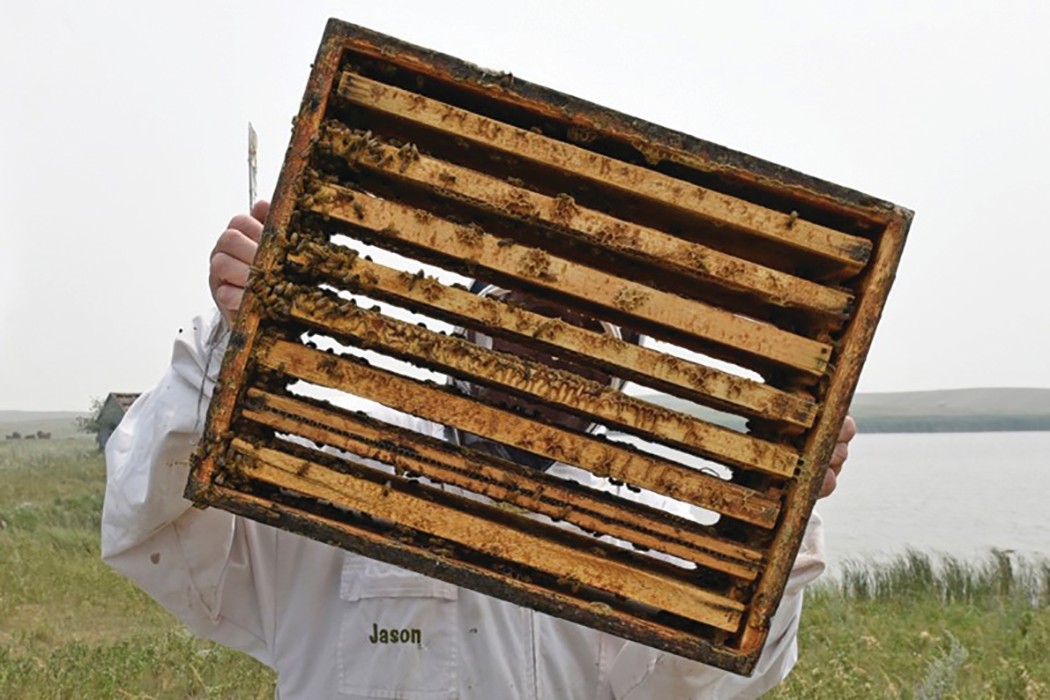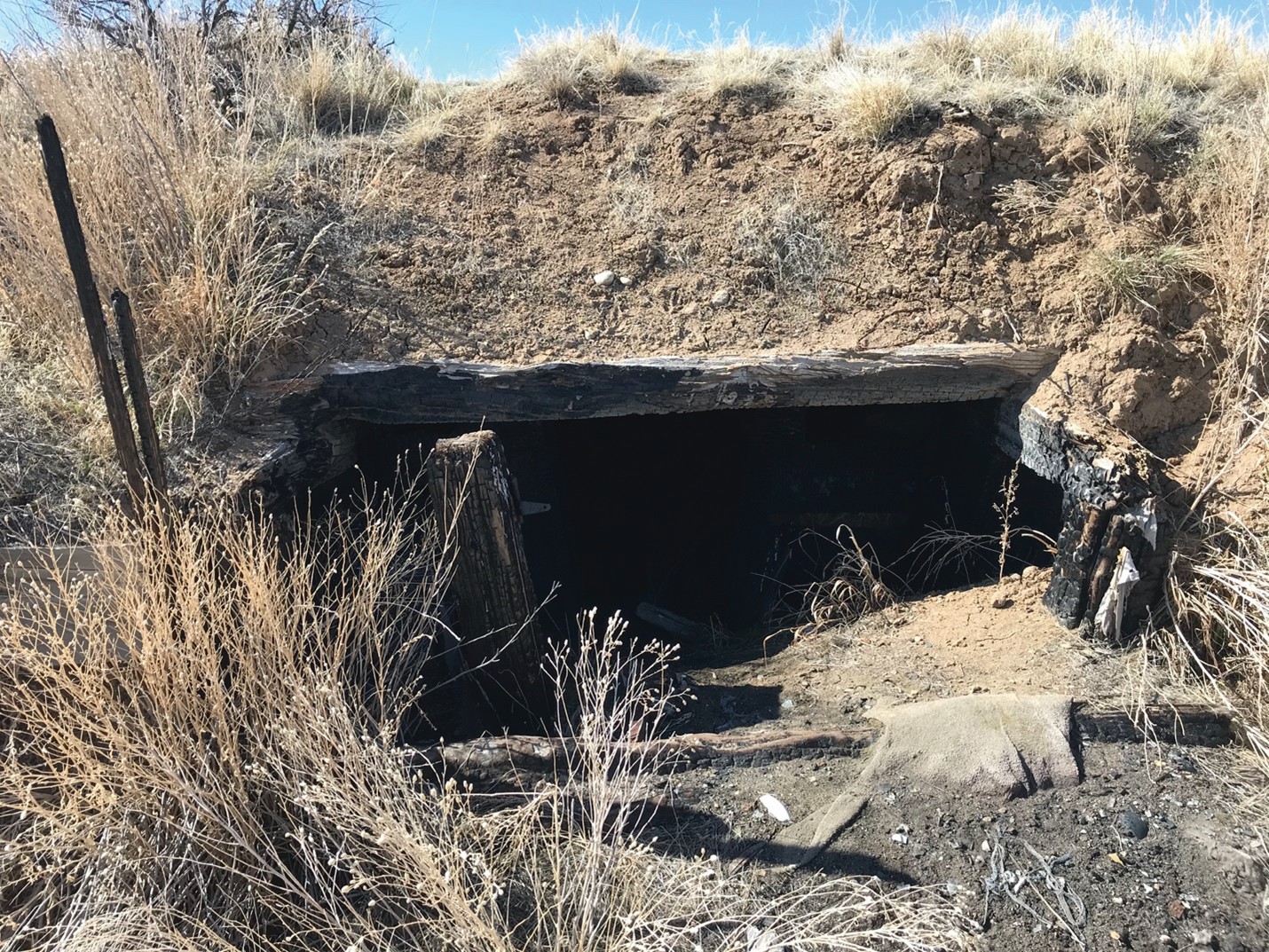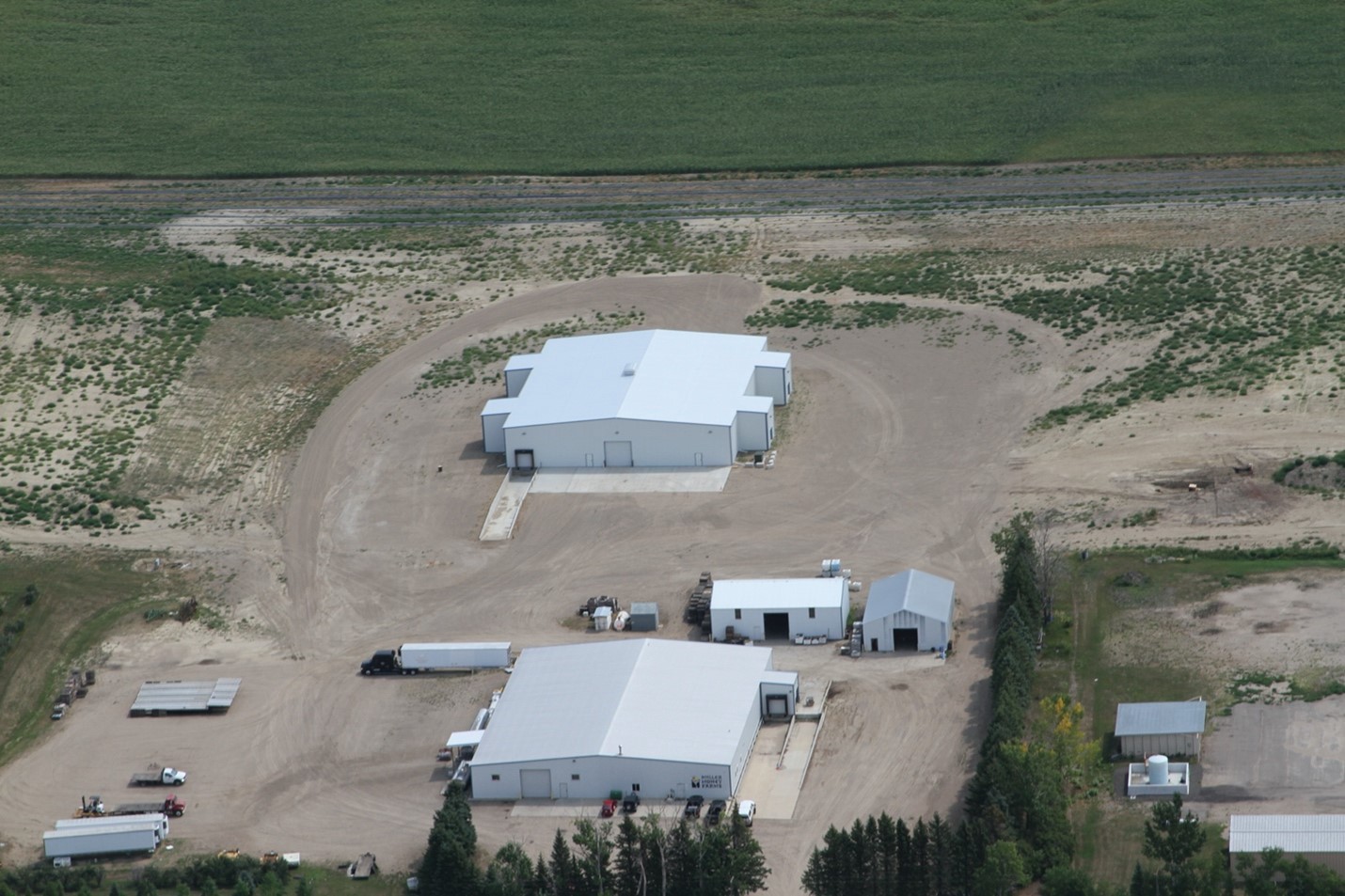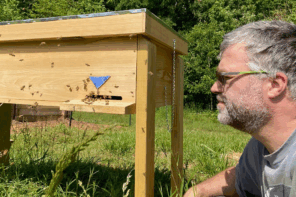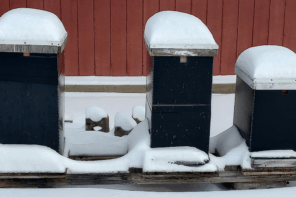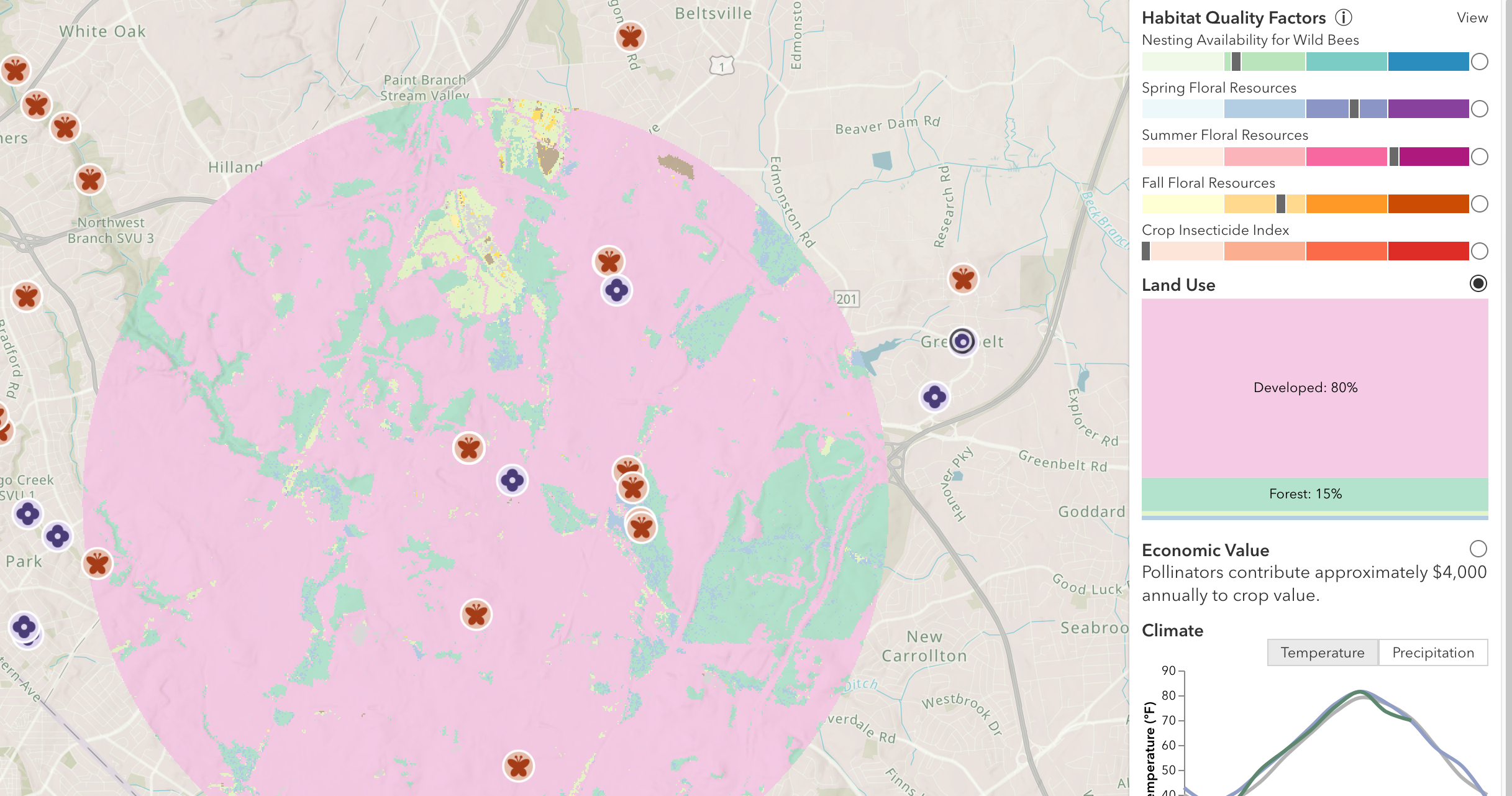John Miller
It’s approaching mid-August in Gackle. Last night the first measurable rainfall since July 3 occurred. As I told Reuters reporter Karl Plume, who came to Gackle in late July to survey crop conditions – ‘It’s Over. This crop is lost.’
This drought is tough. Most of the 2021 corn grown in N.D. is intended for grain. The lack of rain stunts the corn, farmers now chop that corn for silage. There is no second round alfalfa crop. The price of cattle feed spikes. Sales barns are busy as cattlemen respond to No Winter Feed. Soybeans show lots of stress. There may be pods on those bean plants – but the pods are empty.
Like the harvest supers beekeepers now haul back into their honey houses – empty. Bismarck beekeeper Gregg Stewart describes it: “Got some supers extracted and put away, just skipped the extracting part.”
The 2021 National Honey Crop will likely be a modern honey production low. This has a big impact on decision making – I wish I could better see the future – because the time to have read this piece is in Early August, not early October.
This is no time to hold back on hive inputs. If I could – I would:
Get everyone: Clubs and their Members, Individual Beekeepers, Commercial Beekeepers, everyone to take extra steps right now to help hives survive Winter.
Feed costs are up. If syrup now costs $25/100#s instead of $20/100#s; and a hive takes two gallons of feed to ensure starvation is not an issue:
What does that cost per hive? For the Orland beekeepers I’ll make this simple. Say the syrup weighs 11 pounds per gallon. At $20/100# the cost is $4.00 a gallon. At $25/100# the cost is $5.00 a gallon. Is the additional $2/hive a good investment? Yes. Feed your bees.
How do Hobbyists and Clubs get feed syrup? You can boil water in a 50 gallon tank, and slowly, slowly, slowly ad granulated sugar. Attach the ½” drill to the side of the tank, attach a long-shaft paint-mixing propeller, and drill away for two hours, sweating, spitting and swearing. You’ll never reach the weight of HFCS or .665% sucrose.
Save a dime mixing your own. Step over a dollar mixing your own.
Fall feeding is about adding calories, stored calories into the hive.
In your town, or a nearby town is a bottling plant, or maybe a corn processing, or sugar-beet refinery. Clubs and individuals in the clubs, cooperate. Get a bunch of cribbed, used 275-gallon plastic totes.
Call the bottler. In Worland, WY, it’s the Pepsi bottling plant. In Nampa, ID, it’s the Amalgamated Sugar plant. In Fargo, ND, its the American Crystal Sugar refinery. Establish a relationship. Make it easy for the plant manager to sell – say, a thousand gallons of syrup in totes. One of the club members needs a good solid tonner to waddle back to Club with 11,000 pounds of feed. Club members later tap off into hive-friendly jugs, cans, in hive feeders – several ways to feed a beehive.
Be mindful not to heat syrup over 105°F. A byproduct of too much heat is Hydroxymethylfurfural: an organic compound harmful to bees.
Varroa controls are not measurably more expensive than a year ago – but the ROI [Orland beeks, that’s ‘Return on Investment’.] of achieving the NUMBER TWO [2] dwarfs the cost of putting that beehive to bed for Winter in a parisitized state. The hive will die. 100% will die.
This is so painfully clear. Keep mites below 2/100.
The Bee Informed Partnership has a vast archive of data on what will happen to a hive, not maybe; but will happen to a neglected hive. Is no one listening? How can an industry with 15 years of the same damned thing happening to the industry for the same damned reason, over and over and over again – ignore the truth. Control Varroa. Anne Marie Fauvel, of the Bee Informed Project is trying to figure out how to create a break through message to beekeepers.
If you won’t treat your hives for Varroa – please leave beekeeping. Neglected beehives Varroa Bomb the neighborhood. It’s the same as ignoring Swine Flu, or Avian Flu, or Bovine Anthrax or in humans – not getting Covid vaccinated – spreading misery and disease.
If you won’t treat your hives for Varroa – you harm beekeeping – and doom the poor hive to needless suffering and death. It’s negligent insecticide.
Carefully select where and how to Winter your beehive.
The best wintering method, hands down, is indoor wintering. Brandon Hopkins of Washington State University has written a superb indoor wintering guide. Dr. Hopkins recommendations need not involve a Winter Palace sized building. Many clubs could cooperate to get an indoor storage building. The fundamentals of indoor wintering are the same as outdoor wintering:
Control Varroa.
Adequate feed.
Clean conditions: Bottom Board: Control moth/beetle.
Manage outdoor environment with insulation/slope/inner cover/exposure.
Indoors is optimal: clean, quiet, dark, restful conditions.
Shown: One of the early American indoor wintering facilities near Arapahoe, Fremont County, Wyoming. Hand dug by George Krause in the early 1920s; a hundred years ago. Ventilation accomplished by two chimneys in the top of the now collapsed cellar; and four ventilation boxes on the four corners of the cellar, allowing fresh air to enter the cellar. It worked. It had to. George Krause had no choice. His hives arrived on a rail car. There were no roads or trucks to take hives to milder winter climate.
Hives were carried in by hand, or with a two-wheeled cart.
Modern indoor wintering building in the background. Hives are delivered by trucks, loaded and stacked with forklifts, shipped out on semis.
Droughts are tough on bees. This morning I was in the garden. I grow ornamental corn. Corn pollen has little nutrition for bees. This morning, the corn was buzzing with bees, looking for nutrition. Droughts influence decisions. Don’t make poor decisions on the cusp of Winter. Take care of your bees. Your bees will take care of you. Good decisions pay.
John Miller is a retired beekeeper and volunteer Project Apis m. Board Member. Board members are tasked with fundraising.




